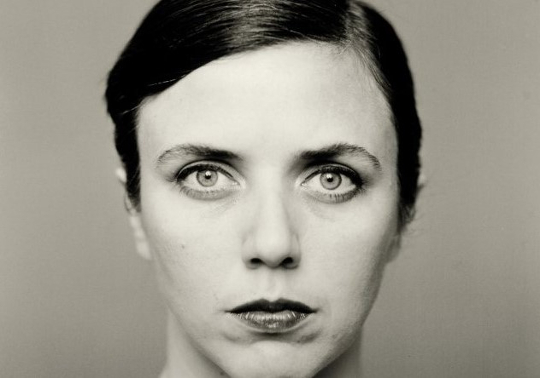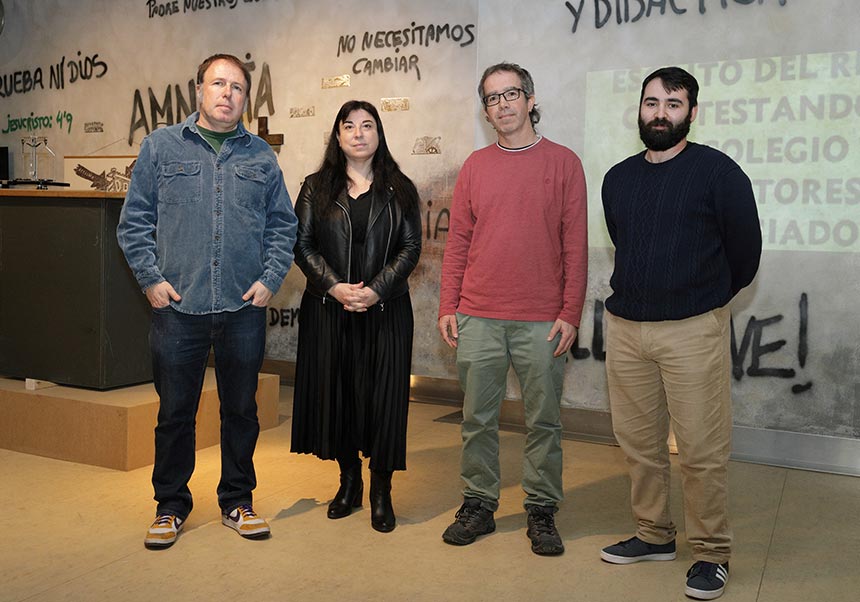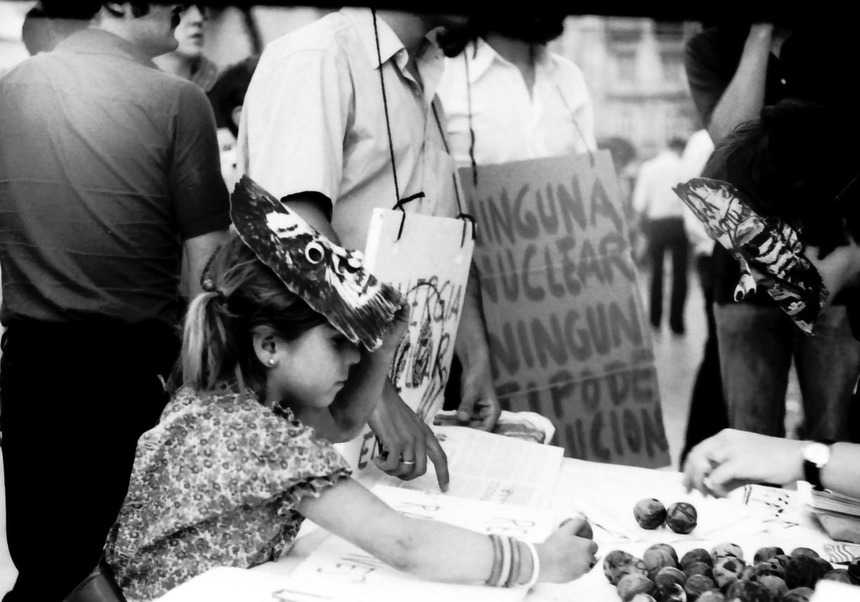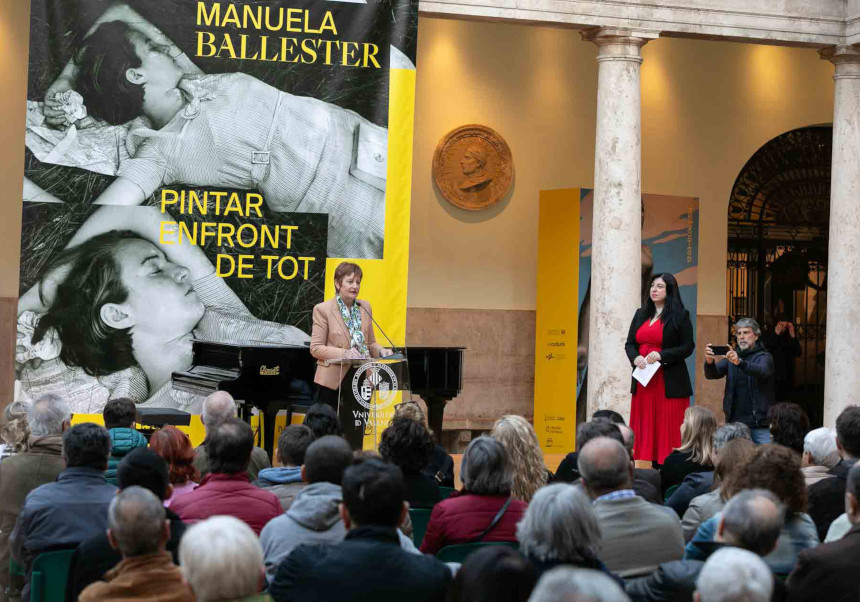La Nau hosts the most comprehensive photography exhibition of the artist Humberto Rivas.
- Office of the Vice-Principal for Culture and Society
- May 21st, 2019

The Universitat de València and the MAPFRE Foundation organise the exhibition ‘Humberto Rivas 1937-2009’ at the Cultural centre La Nau, which will be open from 22nd of May to the 15th of September in the ‘Sala Acadèmica’ and in the ‘Sala Estudi General’. The exhibition, which will be inaugurated tomorrow, on Wednesday 22nd of May at 8 p.m., gathers a selection of photographs of this artist, the most comprehensive exhibition of his work until now. The entry is free until full seatings.
‘Humberto Rivas 1937-2009’ has been presented on this morning in a press conference celebrated at La Nau. Antonio Ariño, vice-principal for Culture and Sport of the Universitat de València has attended the conference; Carlos Gollonet, head of the photography department of MAPFRE foundation and pep Benlloch, exhibition curator were there as well.
Antonio Ariño has affirmed that the exhibition has a double meaning for the Universitat de València. On the other hand, it shows the works created by Humberto Rivas for the institution and it also initiates a new line of collaboration with the MAPFRE Foundation, since photography means for the Universitat de València one of the fields in which the programmation of exhibitions is subdued.
According to the curator ‘the exhibition has the objective of vindicating the figure of an essential photographer and showing the relevance of the renewal of the photographic language which his works have implied.’
The selection, with more of 18o works and archival material, deals with the works of this photographer along his career, from the 60s to 2005. Rivas 81937-2009) was an essential artist for the development of the photography in Spain from 70s onward, when moved from Argentina to Barcelona. He was the trigger of a renewal of the photography by contributing to its consideration of a full-fledged artistic expression. Rivas always had a forward-looking approach when working: each time he selected the photographs of his camera he used to print some images, which allowed him and the exhibition to dispose of original photographs.
The exhibition shows its work chronologically with copies from that period that come from the Arxiu Humberto Rivas (Barcelona), as well as from the main collections and museums that keep his work in their archives: MNAC-Museu Nacional d’Art de Catalunya; IVAM-Institut Valencià d’Art Modern, Fundació Per Amor a l’Art, MNCARS-MNCARS-Museo Nacional Centro de Arte Reina Sofía; Fundació Foto Colectania and Fundació MAPFRE.
His photographic work gathers landscapes and portraits, a classification he never felt comfortable with and to which he never wanted to commit. He conceived his photographic work as a whole. His photos of the city show empty spaces without human presence. He created a new form of documenting, his pictures want to capture the passing of time and memory with a measured and simple style that invites the viewer to think and reflect. His photos also offer an extremely descriptive work that is also very analytic and mysterious at the same time, where there is no place for anecdotes or incidents. For Rivas, poetry was the closest art to photography; thus, his work combines with the feeling of loneliness by producing a confusion that seduces the viewer.
Humberto Rivas started as a draughtsman and painter thanks to Rubén Corrador, painting enthusiast and director of the advertising agency in which Rivas started to work in 1956. Over that period, Rivas came into contact with cinema for the first time, but it would not be until 1973 that he would film his first and only short. He was painting and taking photographs at the same time. Between 1956 and 1960, he was part of the Grup Forum, from which he applied the ideas of the German photographer Otto Steinert and his ideas on subjective photography. The group insisted in the importance of photography as a means of expression beyond documentaries. In 1997, the City Council of Barcelona gave him the Premi d’Arts Plàstiques Ciutat de Barcelona, in 1998 he obtained the Premi Nacional de Fotografia, by the Spanish Ministry of Cultur, and in 1999, in Argentina, he was awarded with Premi Konex. In 2009, Barcelona’s City Council gave him the Medalla d’Or al Mèrit Artístic
More information:
File in: Cultura , Centre Cultural La Nau , Exposicions
















